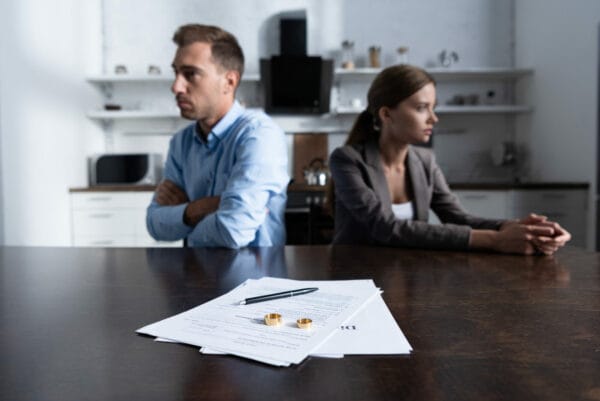By Liz Barrett Foster | Tucson Daily Star
At the start of the coronavirus pandemic, no one could have predicted what would happen with the housing market. Typically, in a recession, home prices fall and people stay in their homes. The opposite occurred in the fall of 2020. As more and more office workers were given the green light to work remotely, some for an indefinite time period, and mortgage interest rates hit an all-time low, real estate sales spiked in almost every region of the country.
It turns out that people working from home don’t want to do so from a studio apartment in the middle of a big city rife with COVID-19. Instead, they’d rather move somewhere with room to roam and perhaps space for a home office. After all, during the pandemic, people are doing nearly everything from home, including homeschooling their children.
All of these factors gave rise to something called “Zoom Towns” in 2020. Without the need to commute, small towns featuring larger homes for less money were suddenly the hot—and safer—place for prospective homebuyers. Because of this, sleepy, rural towns suddenly got an influx of out-of-state buyers, many of whom were ready to purchase homes sight unseen and with cash in hand. Out-of-towners and a lack of new inventory due to a slowdown in new construction led to more competition for less homes, driving up prices and causing bidding wars across the U.S. But how long will this housing boom last, and which states are feeling its effects the most?












